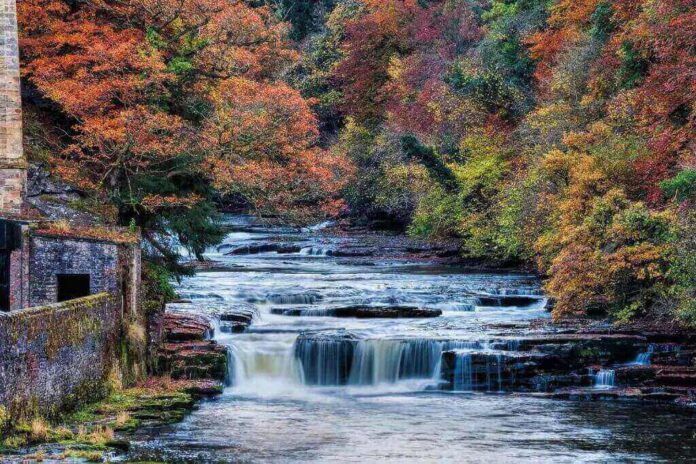Scotland has a large water supply. There is a lot of water in Scotland, whether you’re referring to the oceans that surround the country’s 16,500 km (10,250 miles) of coastline, the fabled rain, or the renowned lochs. Scotland is also blessed with numerous picturesque rivers, some of which are little and others of which are considerably longer. These rivers run through a variety of landscapes, historic towns, and well-known cities. Here are eight of Scotland’s most beautiful rivers.
1. River Tay
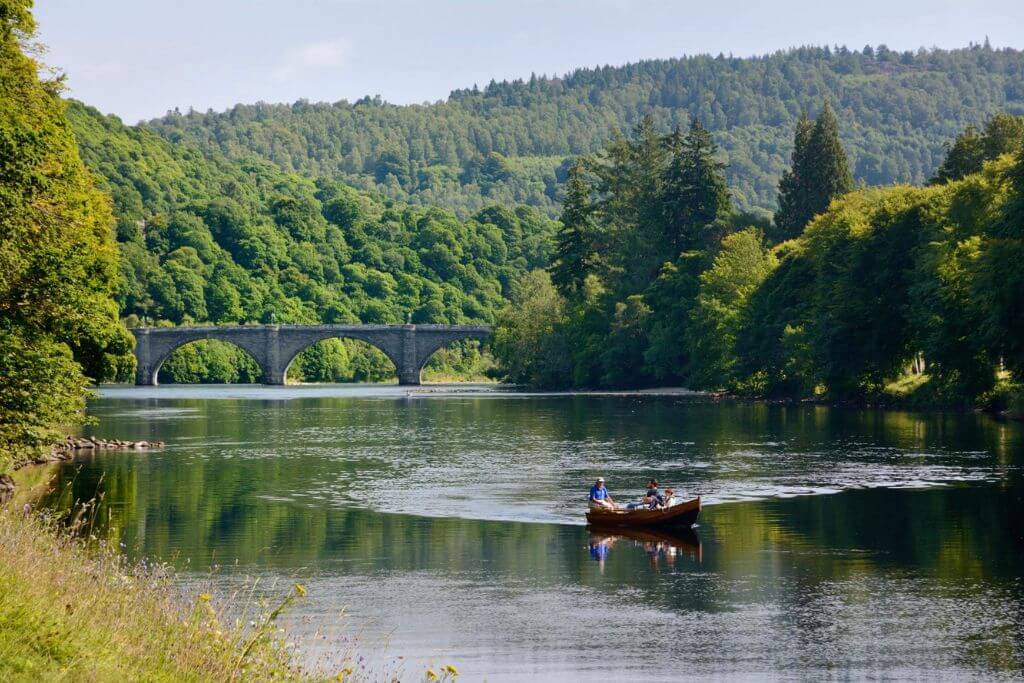
The Tay is the greatest river in terms of water dumped into the sea and is the seventh-longest river in the UK. It is also the longest river in Scotland. The Tay has a catchment area of 5,200 km2 (2,000 miles2), which is more than twice the size of Luxembourg. It flows from the west to the east of Scotland, passing through three lochs — Dochart, Lubhair, and Tay — and the cities of Perth and Dundee. It is also quite lovely!
2. River Morar
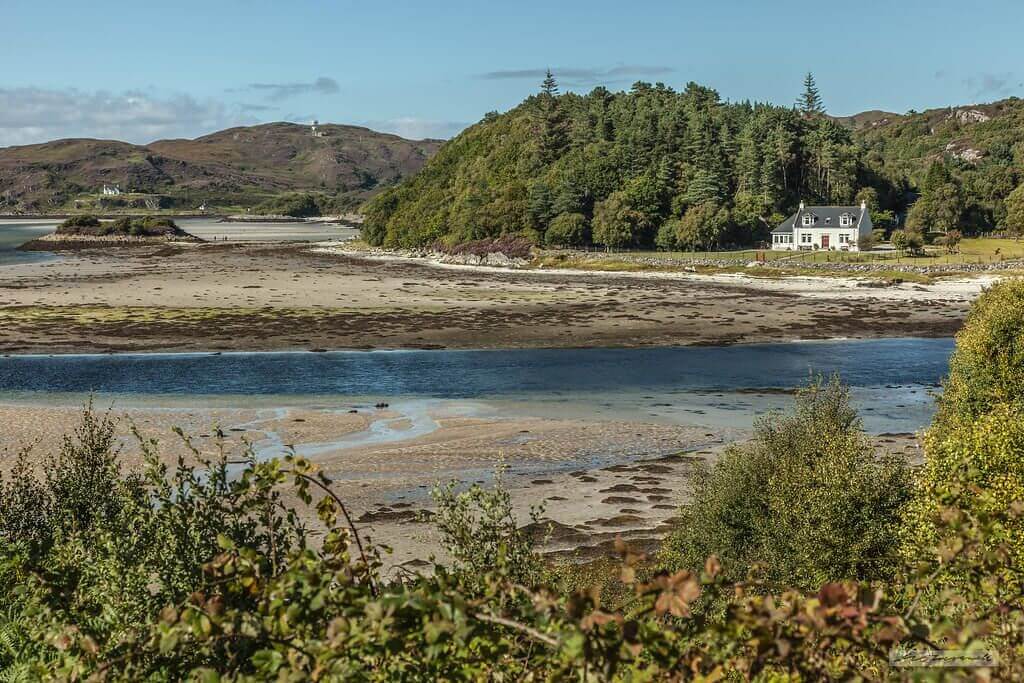
One of the shortest rivers follows the longest. Only 400 meters (437 yards) separate Loch Morar, the deepest freshwater lake in the UK, and the home of Morag the Monster, a cousin of Nessie, from the sea. Morar is renowned for its stunning beaches made of white sand. There are salmon and sea trout in the river. This brief length of water is traversed by three bridges, including a viaduct carrying the West Highland Line.
3. The Forth
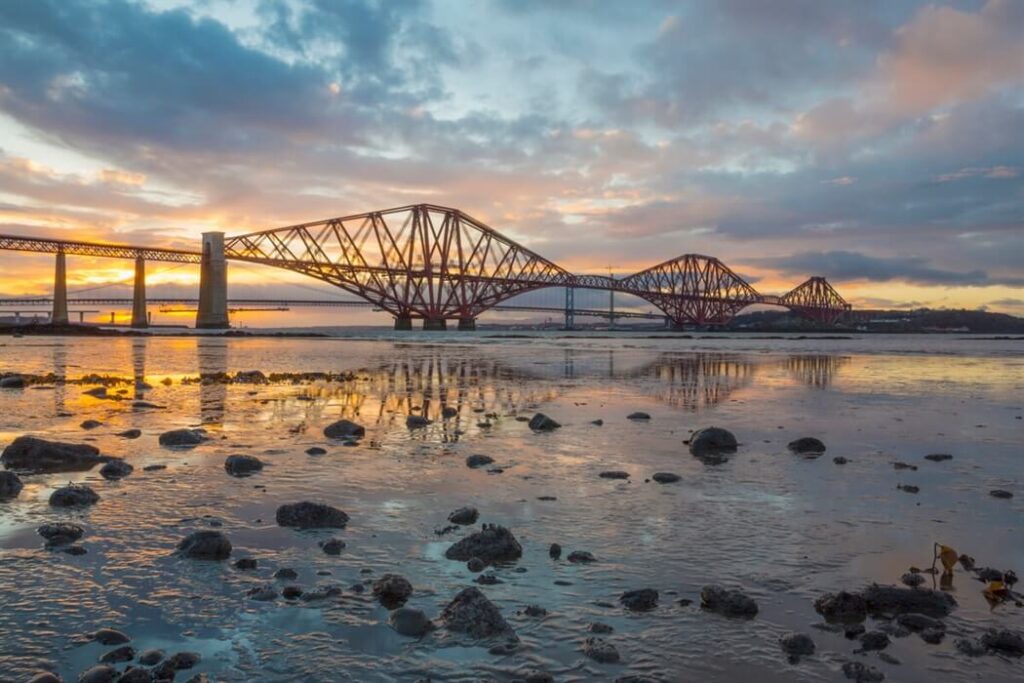
The picture seen here is of the first bridge over the Forth, which is at the beginning of the river’s voyage to the sea and is famous for its bridges over the River Firth. The Forth begins its journey to the sea from its source in the Trossachs Mountains. The Forth, which makes a tidal turn at Stirling, used to carry cargo into and out of the city as well as throughout Europe, particularly to cities in the European Lowlands, such as Bruges in Belgium.
Stirling’s use as a major port declined once Glasgow (and the River Clyde) started to boost trade with the Americas. The ancient Kingdoms of Lothian to the south and Fife to the north were separated by the river estuary known as the Firth of Forth. A third significant bridge recently joined the legendary Forth Rail Bridge and the Forth Road Bridge; this bridge is the tallest in the UK and the longest triple-towered cable-stay bridge in the entire globe.
4. River Dee
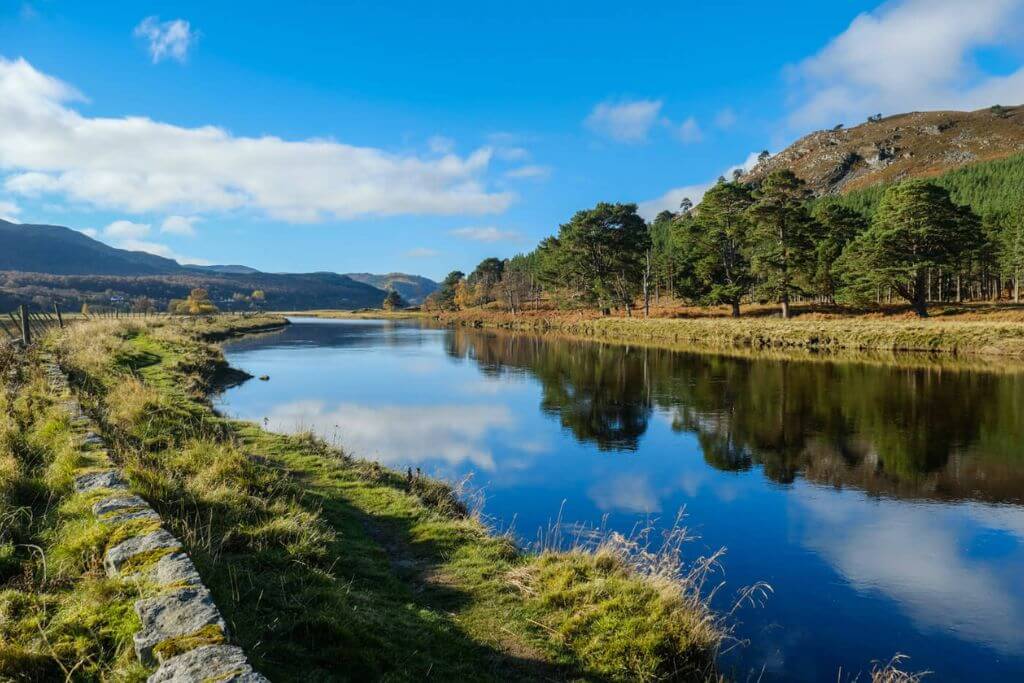
The Dee was originally mentioned by Ptolemy in his writings from the second century AD, who referred to it as the Deva, which is Greek for “Goddess.” Due to the location of the Queen’s castle, Balmoral, in Dee’s upper reaches between Braemar and Banchory, these areas are now referred to as Royal Deeside.
The Dee River is divine and royal, and at 1,220 meters (4,003 ft), it has the highest source in Scotland and the entire United Kingdom. The Dee is a varied and lovely river, full of wildlife and brimming with history. It travels through gorgeous terrain — both wild and farmed — before arriving at the sea at Aberdeen, Scotland’s third city.
5. River Spey
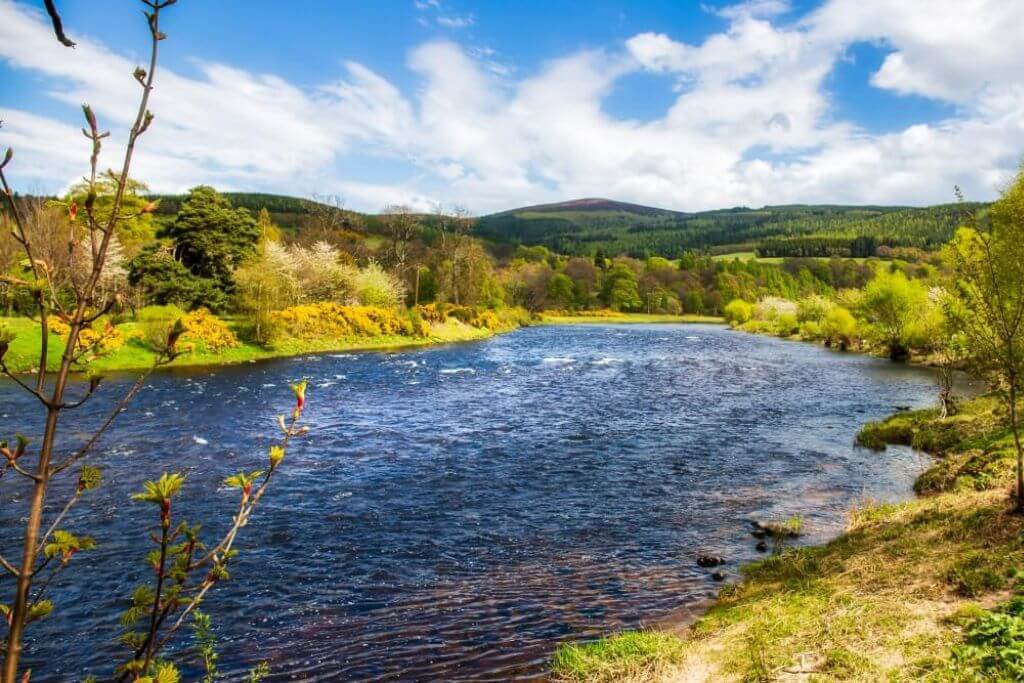
The Spey, Scotland’s third-longest river, passes through some of the country’s most stunning and well-known landscapes. The value of Speyside’s associations with leaping salmon and whiskey distilleries, which are beloved by fly fishermen and whisky drinkers, cannot be understated.
More distilleries than any other whisky-producing region uses the local water, and anglers from all over the world come here to catch salmon and trout because of their allure. Due to the sheer amount and speed of water draining from the nearby mountains and burns, the Spey, the UK’s fastest-flowing river, frequently shifts its banks. This is one of the best places in the UK to see wild dolphins as they enter the water in the Moray Firth.
6. The Clyde
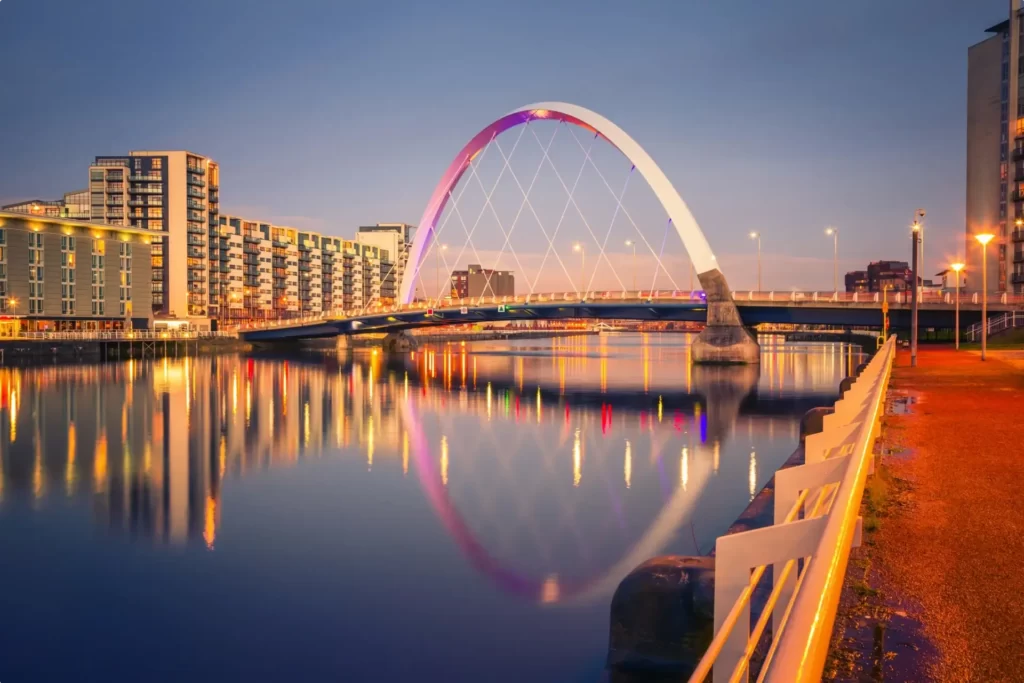
Most ships built on the River Clyde, including the Royal Yacht Britannia, the Queen Elizabeth, the QE2, and the Queen Mary, are thought to have been built there. The second-longest river in Scotland, it passes through the city of Glasgow. Since there has been extensive regeneration throughout the canal, previously absent species have begun to reappear.
James Watt started the procedure that resulted in the creation of a separate condensing chamber after strolling along Clyde’s banks. This invention helped bring in the steam age, the industrial revolution, and, arguably, the contemporary world.
7. Dunbeath Water
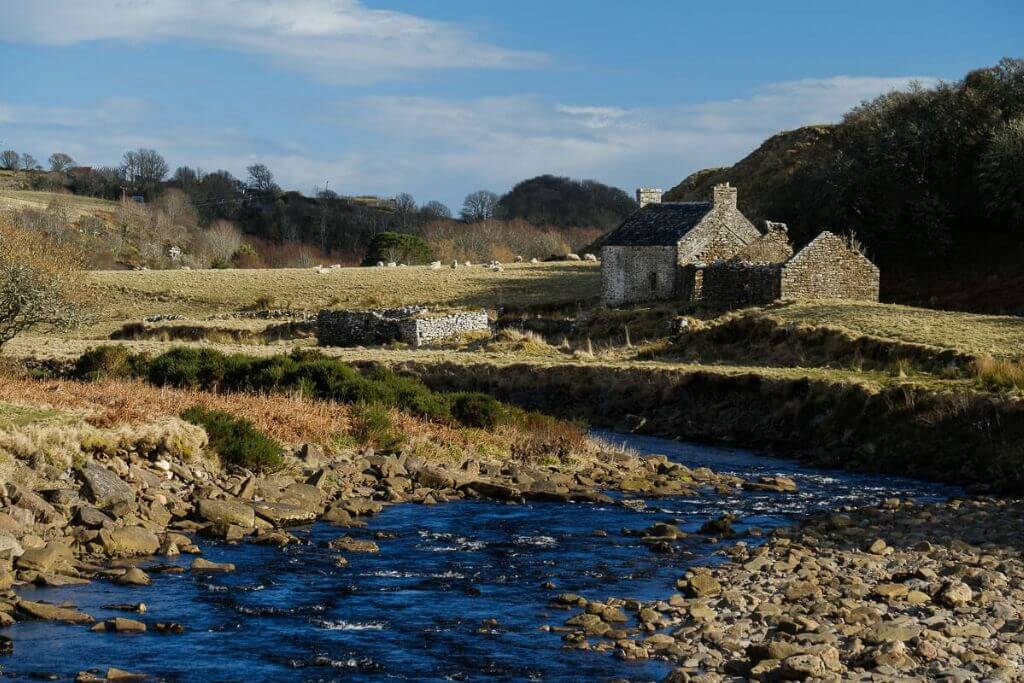
The river in Dunbeath is only around 20 kilometers (12.5 miles) long, rising in the dense peat bogs of the Flow Country and flowing to the sea near the village of the same name. Many of the pools contain salmon and trout, and numerous other plants, trees, birds, and animal species can be found in or around the water.
In Neil M. Gunn’s 1937 book Highland River, which recounts the story of a kid named Kenn who grows up next to the river, leaves then returns — much like the salmon — the river valley, or strath as it is known in Scotland, was immortalized.
8. River Affric
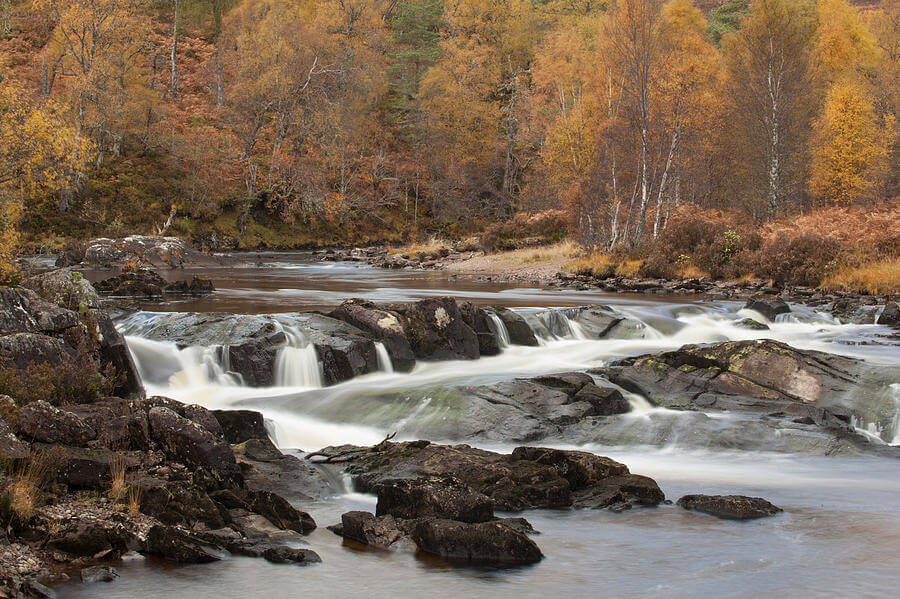
A walk along the banks of the Affric offers views of Scotland at its most untamed and majestic. The Affric flows through some of the most stunning natural places in the nation. One of the best places to witness the last remaining pieces of the once-vast Caledonian pine forest, it has recently been carefully managed to prevent deer from overgrazing the trees. The end product is a river path that is breathtakingly beautiful and serves as a refuge for some of Scotland’s rarest animals.
